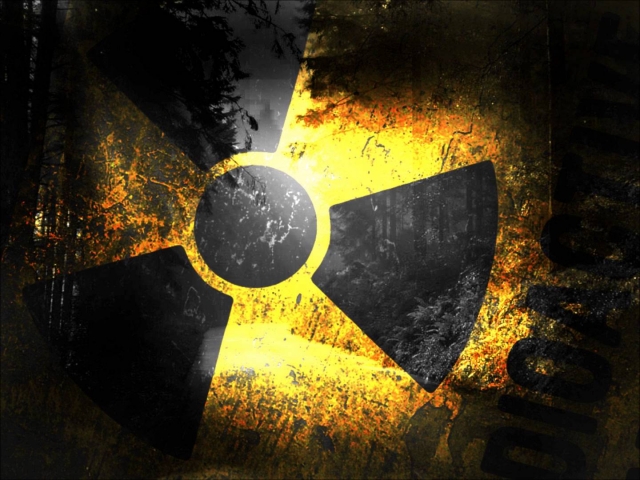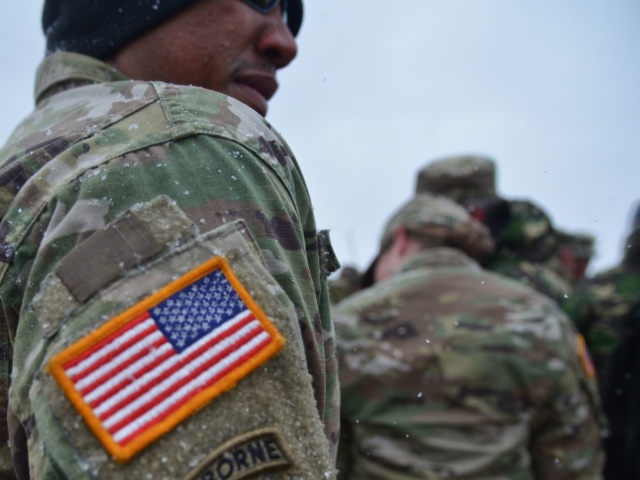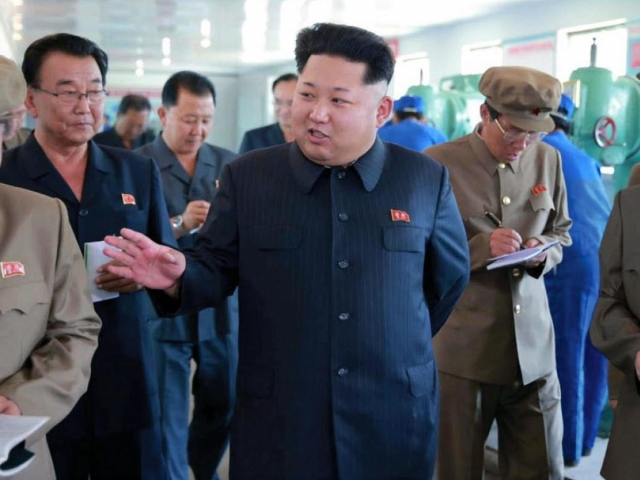
On December 1, 2017, in Russia, a decree on the termination of the activities of the State Commission for Chemical Disarmament came into force in connection with the complete destruction of chemical weapons in the territory of our country. Russia managed to complete the program for the disposal of this type of weapons ahead of schedule, on September 27, 2017. Previously, stockpiles of chemical weapons were completely destroyed in Albania (in 2007), South Korea (2008), India (2009), Libya (2014) and Syria (2014).
In our photo gallery, you will find the major countries that are trying to support the world community in their desire to get rid of chemical weapons.

Russia
Russia signed the Convention on the Prohibition of Chemical Weapons as early as 1993. The country undertook to destroy almost 40 thousand tons of chemical weapons. Active work in this direction began in 2002, when the first factory for the liquidation of ammunition with toxic substances was built. In just 15 years, Russia has completely cleared its arms from chemical weapons that have been preserved since the Soviet Union.
Many countries rendered financial assistance to Russia on this issue having allocated more than $1 trillion for this purpose. In total, about 333 billion rubles were spent on the destruction of Russian reserves.

The USA
According to a spokesman for the US State Department, Washington intends to finally dispose of the remaining chemical weapons in the States for the next six years. According to official figures, by the beginning of 2012, about 90% of all chemical weapons stockpiles had been destroyed in the country, the total volume of which was estimated at 31 tons.
However, according to experts, during the period from the First World War to 1967, the United States produced almost 40 tons of chemical weapons.

North Korea
All countries that signed the Convention committed to stopping the production and use of chemical weapons. The available stocks of chemical weapons must be disposed of. Currently, only four countries that are members of the UN have decided not to comply with the terms of the Convention: Egypt, South Sudan, the DPRK and Israel. According to the DPRK Ministry of Defense, Pyongyang has 5 tons of chemical weapons. North Korea can produce another 12 tons of deadly weapons in the near future.

Israel
Israel launched a program to develop chemical weapons in the 1950s. At the moment, there is no exact information on the availability and volumes of chemical supplies, but Tel Aviv's production capabilities are truly impressive: the level of research and development is very high, and the chemical industry in the country is very developed.

Egypt
Egypt has decided not to abandon its chemical weapons reserves, but Cairo never declared their presence. Despite this, in the 1980s, the US CIA accused the Soviet Union of supplying Egypt with materials for the production of chemical weapons. At the same time, the US intelligence service could not provide any evidence.
 English
English 
 Русский
Русский Bahasa Indonesia
Bahasa Indonesia Bahasa Malay
Bahasa Malay ไทย
ไทย Español
Español Deutsch
Deutsch Български
Български Français
Français Tiếng Việt
Tiếng Việt 中文
中文 বাংলা
বাংলা हिन्दी
हिन्दी Čeština
Čeština Українська
Українська Română
Română
